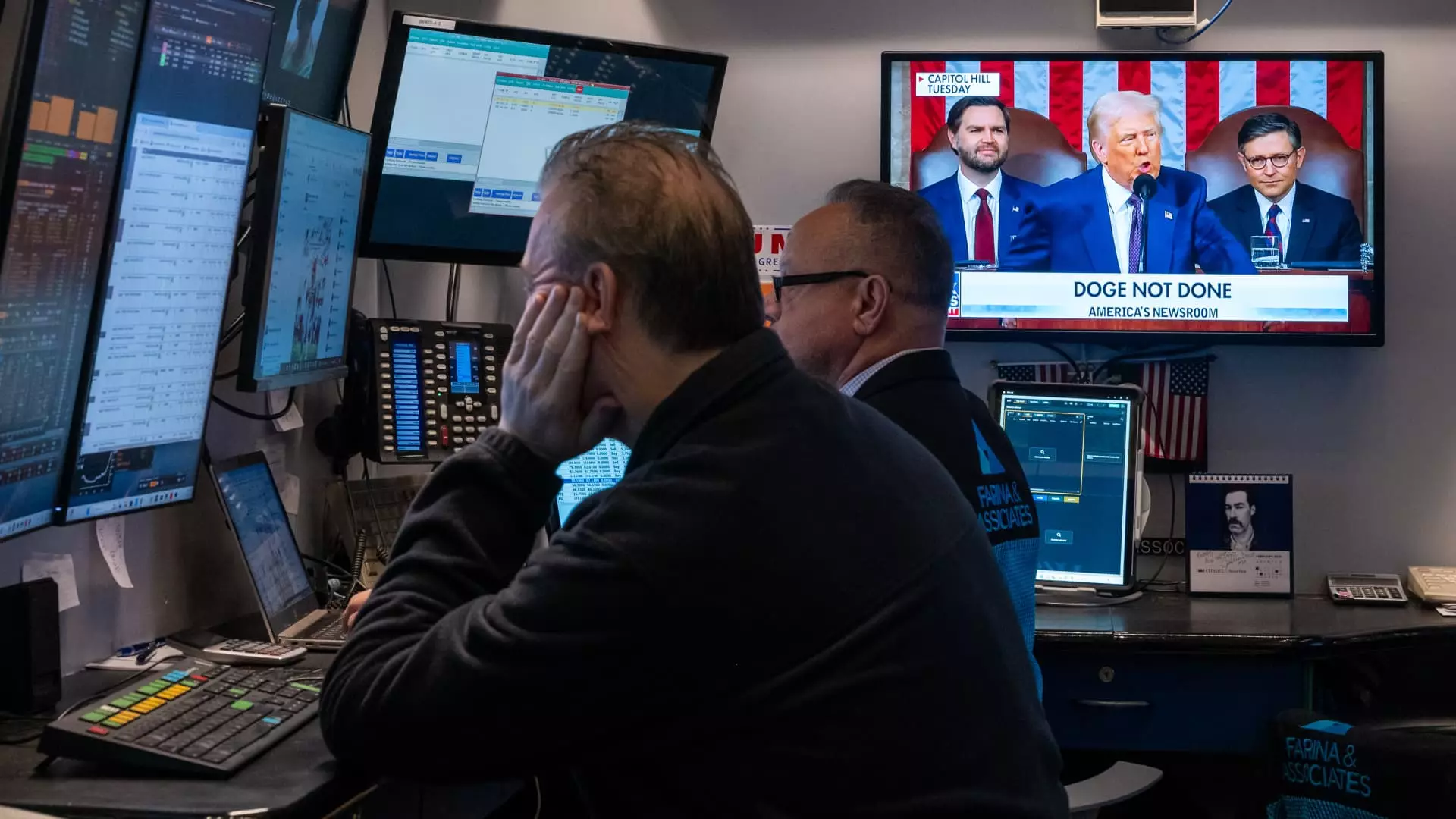In a financial landscape increasingly characterized by chaos and unpredictability, Goldman Sachs Asset Management has taken an essential, albeit cautious, step by introducing the Goldman Sachs U.S. Large Cap Buffer 3 ETF. Led by Bryon Lake, who joined the firm specifically to spearhead new investment strategies, this move caters to the urgent demand for products that provide a safety net in uncertain economic conditions. Investors today are grappling with a plethora of issues—tariffs, geopolitical tensions, and fluctuating markets—that make traditional investment strategies feel like a game of Russian roulette.
Buffer ETFs: A Double-Edged Sword
Lake describes the buffer ETFs as tools designed not just for preservation but also for growth. The premise here is simple: by protecting investors from losses between 5% and 15%, while still allowing them to capture a 5% to 7% upside, these funds offer something akin to a safety cushion. However, let’s dissect this a bit further. While the idea of cushioning losses sounds appealing to jittery investors, one must question the adequacy of protection. In a volatile market, does a mere 5% to 7% potential gain justify the cap on substantial market movements? The reality is that not all investors will find such opportunities satisfactory when compared to the usual equity returns in bullish cycles.
Established Yet Restrained: The Limitations of Tradition
Lake touts the buffer ETFs as utilizing “tried and true strategies.” Yet, it begs the question: in a rapidly evolving market environment, can traditional approaches effectively address contemporary challenges? While historical strategies have proven useful over decades, they may not hold the same weight in an era where technological innovations and global economic forces intertwine in unprecedented ways. There’s a genuine risk in overselling these products as fail-safes, enabling investors to simply feel “safer” without thoroughly understanding the inherent limitations.
Market Performance Versus Expectations
Interestingly, since its launch on March 4, the Goldman Sachs U.S. Large Cap Buffer 3 ETF is already down about 3%, while the S&P 500 has performed slightly worse, declining almost 4% in the same period. What does this tell us? The promise of downside protection is not without the risk of underperformance relative to broader market indices. Such a reality raises crucial questions for potential investors: Is this fund merely a distraction from more profitable investments, or does it serve a genuine purpose in an investor’s portfolio?
A Call for Transparency and Reform
The introduction of this ETF comes with broader implications for the finance industry and its commitment to serving investors’ best interests. In times rife with uncertainty, transparency should be at the forefront. When firms market products aimed at downside protection, they must ensure potential clients are fully aware of the risks involved. It’s entirely possible that these buffer ETFs could lull investors into a false sense of security, ultimately exposing them to greater risks that they were hoping to mitigate.
In a world rife with contradictions, the financial sector must adapt, providing clarity and confidence to investors instead of merely capitalizing on their fears. As we advance, the conversation must shift towards creating genuinely innovative financial products that address the nuanced challenges of today’s markets, rather than relying on tired and traditional strategies that may not serve future needs.

